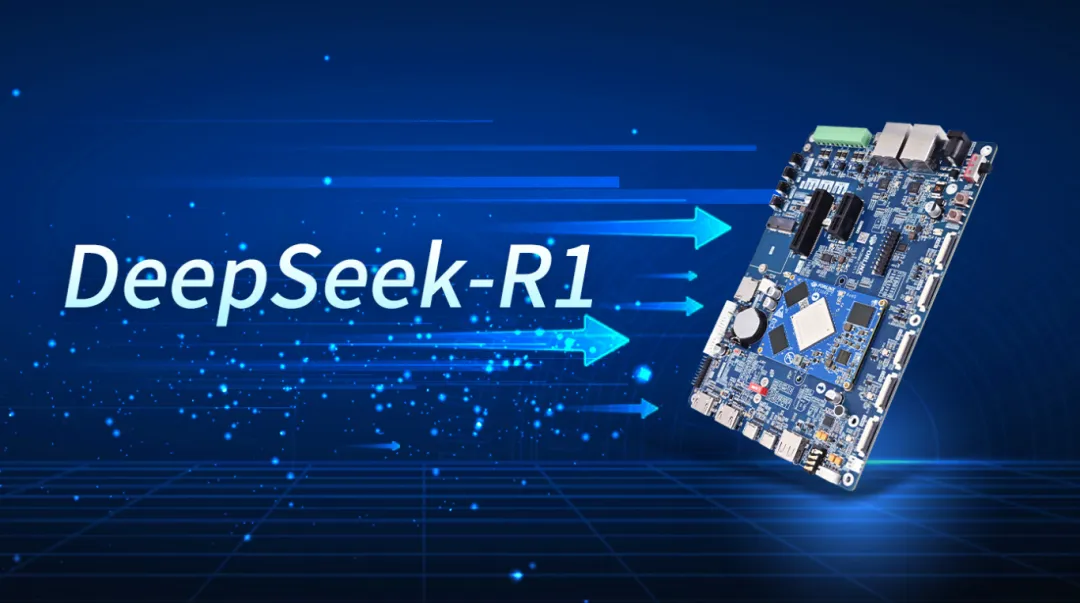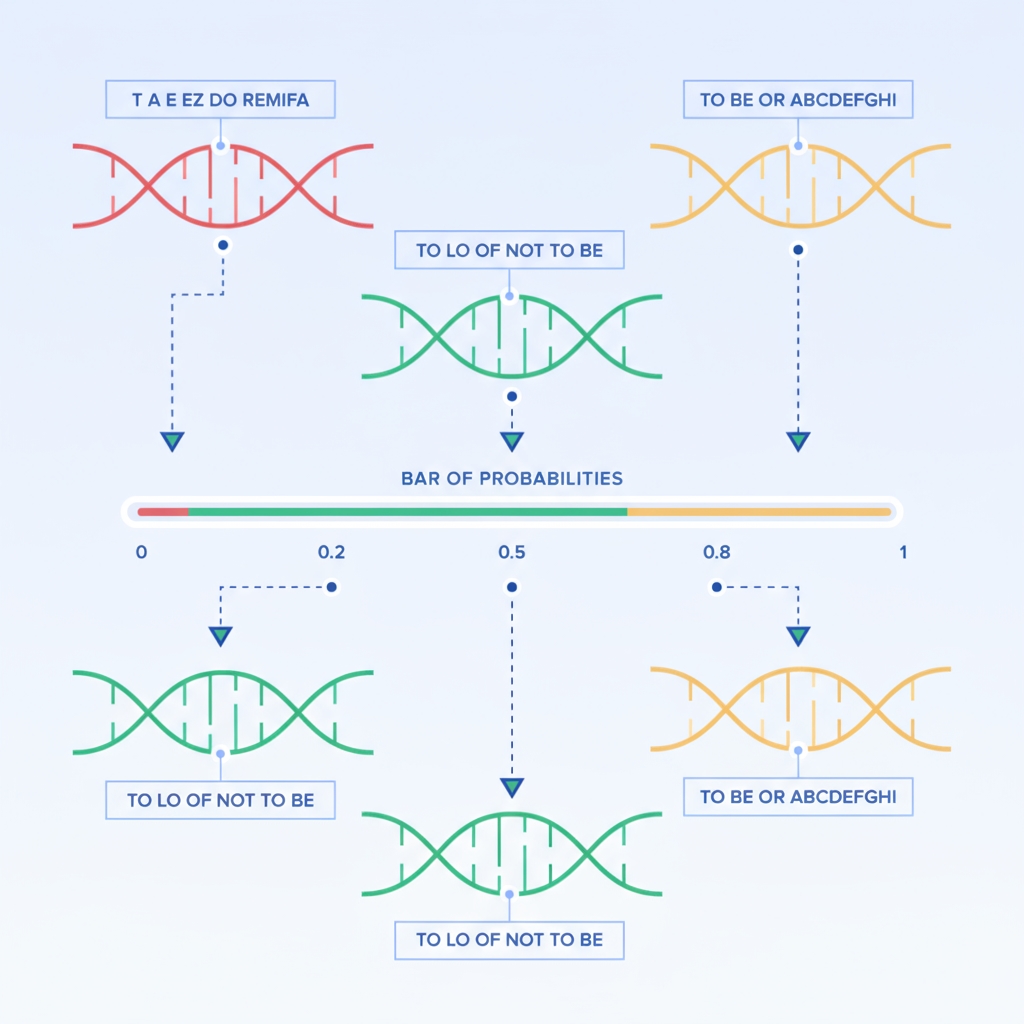1. Project Overview
This project develops an intelligent tennis ball collection and serving robot to improve ball-collection efficiency on courts and reduce manual labor. The robot will support autonomous ball collection, accurate serving, and intelligent localization, enabling more efficient training sessions.
2. Research Focus
Path Planning and Accurate Localization
The project uses the Sparrow Search Algorithm to optimize grid maps so the robot can navigate the court via shortest paths and avoid obstacles. Adaptive Monte Carlo Localization (AMCL) is applied to reduce map distortion caused by localization errors. For operation in unknown environments, SLAM techniques are explored so the robot can build maps and localize itself in real time.
Integrated Collection and Serving
Using commercially available hardware and software platforms, mainstream object-detection models are integrated with the ROS robot operating system to implement unified collection and serving operations. The mechanical design employs an innovative collection basket and lead screw transport system to reliably gather tennis balls and feed them to a helical elevator. This design allows the robot to collect balls while moving, maintaining target tracking and continuous operation.
Autonomous Driving Demonstration
The robot will be assembled with autonomous driving capabilities for dynamic demonstrations and field testing to evaluate its performance during collection and serving tasks.
Enhanced Wheel Motion Control
A hierarchical control strategy is used to improve on traditional PID control. A radial basis function neural network (RBF-NN) is introduced in longitudinal control to provide adaptive learning so the robot can optimize trajectories and improve control precision. An OpenMV camera provides real-time scene monitoring, encoders and motors supply precise speed feedback, and ultrasonic sensors provide surrounding distance information, enabling stable operation in complex environments.
3. Features and Innovations
3.1 Machine Vision and Autonomous Patrol
The project combines machine vision and autonomous navigation to enable precise tennis-ball localization, tracking, and pickup.
Ball detection - A trained visual model based on convolutional neural networks (CNN) identifies ball shape, color, and position to minimize missed detections.
Real-time tracking - The vision system continuously tracks ball trajectory and estimates position, velocity, and acceleration to predict landing location.
Deep learning - Deep learning methods improve recognition robustness across complex environments.
Autonomous patrol - The robot plans paths from vision and sensor data, performs obstacle avoidance, and maintains optimal collection positions.
Feedback control - Continuous visual feedback enables dynamic adjustment of position and motion strategy for precise and responsive operation.
3.1.2 Wheel Robot Motion Control: Multi-sensor Fusion
To handle nonlinear and time-varying effects during motion, multi-sensor fusion is employed so the robot can perceive the environment and its own state more reliably. Integrating multiple sensor inputs improves motion control precision and stability for flexible court operation.
3.1.3 Rapid Prototyping with 3D Printing
Mechanical components are modeled in SolidWorks and custom parts such as the remote controller housing, chassis, and helical column frame are produced by 3D printing. Combined with aluminum profiles and hollow steel tubing for the frame and material tray, 3D printing enables complex shapes, customized sizes, and improved manufacturing precision.
3.1.4 PCB Design for Controller Integration
The remote controller PCB was custom designed and prototyped. Integrated PCB design improves electrical layout accuracy, reduces interference, and increases reliability. Higher integration reduces external components and optimizes size and weight for compact and user-friendly operation. The controller design has been validated for wheel robot control and may inform other robotic control applications.
3.1.5 Dual-Mode Control for Complex Environments
- Automatic mode: The robot uses a global traversal algorithm with camera and ultrasonic sensor data to avoid obstacles such as players and nets, traversing the court to collect balls.
- Manual mode: The robot can be driven by a remote controller for complex areas or emergency situations. N RF modules and a Barsa board are used to maintain operation under strong interference.
3.2 Key Innovations
3.2.1 Autonomous Patrol via AI Algorithms
AI algorithms optimize robot behavior by analyzing environmental data and constructing strategy libraries for path selection. The system considers task priority and energy consumption to minimize human intervention and reduce patrol cost.
3.2.2 LiDAR-Based Navigation for Safety and Stability
LiDAR sensors provide obstacle avoidance and continuous environment monitoring so the robot can adjust to changes and maintain safe, stable operation.
3.2.3 Lead-Screw and Elastic Frame Ball Pickup
Compared with robotic-arm pickup, the lead-screw and elastic frame approach reduces maintenance and improves collection efficiency. The lead screw reduces mechanical wear, while the elastic frame allows flexible movement across different task scenarios and suits limited-budget deployments.
3.2.4 Friction-Wheel Serving Mechanism
A dual servo-driven friction-wheel system accelerates and launches balls. When a ball passes between high-speed rotating wheels, compression and friction accelerate it for precise launch. The design is mechanically simple and allows control of serve frequency and speed for adjustable training patterns.
3.2.5 3D LiDAR Mapping: Perception and Navigation
3D LiDAR is used to collect point cloud data. Feature-point scan matching and nonlinear optimization estimate the robot motion state. LiDAR odometry outputs are matched to the map using line and plane matching, enabling accurate localization without additional loop closure detection.
- Sensor placement: Install 3D LiDAR to scan the environment from multiple angles and capture high-precision data.
- Data collection: Acquire 3D point cloud data covering the target area.
- Data preprocessing: Clean and optimize point clouds, extract key features such as obstacles and structures.
- Mapping algorithm: Use SLAM to convert sensor data into a high-precision environment map and provide accurate localization.
- Map optimization and application: Refine map accuracy, store the data, and apply it to navigation, path planning, and environment monitoring tasks.
4. Functional Design
4.1 Tennis Detection: YOLOv5 for High-Speed Ball Capture
YOLOv5 is used for tennis ball detection, combining deep learning with computer vision to locate balls even at high speed. The workflow covers data preparation, environment configuration, model training, optimization, and evaluation to ensure efficient and accurate detection.
- Data preparation: A diverse dataset covering various court scenarios, lighting conditions, and ball trajectories improves model generalization.
- Environment configuration: Select appropriate hardware, deep learning frameworks, and optimization tools to ensure efficient training.
- Model training: Adjust hyperparameters, optimize loss functions, and apply data augmentation so the model learns ball features and improves accuracy.
- Optimization and evaluation: Iterate on network structure and hyperparameters and test across datasets to verify detection accuracy and stability.
 ALLPCB
ALLPCB








